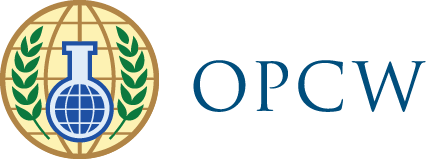
An international anti-pollution group has cited the Chemical Weapons Convention as one of 12 success stories in cleaning up toxic sites in the developing world.
The fourth annual World’s Worst Polluted Places report, by the New York-based non-profit Blacksmith Institute, recognizes successful cleanup efforts in some of the most environmentally troubled places in the world, from mining communities and industrial sites in South America and Africa to overcrowded and desperately polluted cities in Asia.
The report’s 12 success stories, all of which showed scientifically verifiable improvements in human health and decreases in environmental toxicity, were more the exception than the rule, said David Hanrahan, director of global operations for the Blacksmith Institute. “They are only pinpricks of light in the gloom out there,” said Mr. Hanrahan.
Only two success stories in the report are global in scope and represent broad international cooperation: the phase-out of leaded gasoline, and the worldwide ban on chemical weapons. According to the report’s section on chemical weapons:
“Destruction programs are ongoing in all seven possessor states, including the two main possessor states, the U.S. and the Russian Federation. (…) Regular inspections of chemical industry as foreseen in the CWC prevent clandestine reproduction of chemical weapons (and) countries that are not members of the CWC are excluded from global chemical trade.
Three primary challenges remain: the safe destruction of remaining stockpiles, the identification and disposal of improperly discarded chemicals, and the acceptance of the treaty among the few remaining countries outside of the treaty.”
